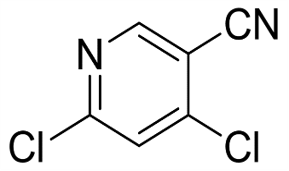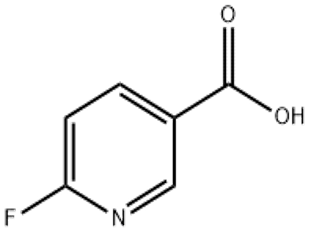4 6-dichloropyridine-3-carbonitrile(CAS# 166526-03-0)
Risk and Safety
| Hazard Symbols | T – Toxic |
| Risk Codes | 25 – Toxic if swallowed |
| Safety Description | 45 – In case of accident or if you feel unwell, seek medical advice immediately (show the label whenever possible.) |
| UN IDs | UN2811 |
| Hazard Class | IRRITANT |
4 6-dichloropyridine-3-carbonitrile(CAS# 166526-03-0) Introduction
-Appearance: 4, it is a colorless to light yellow liquid.
-Solubility: It has good solubility in general organic solvents.
-Melting point and boiling point: melting point is -10 ℃, boiling point is 230-231 ℃.
-Density: Density is 1.44g/cm³(20°C).
-Stability: It is stable, but avoid contact with strong oxidants.
Use:
- 4, is often used as a reagent and intermediate in organic synthesis.
-It can be used to synthesize drugs such as carbamazepine.
-can also be used to synthesize a variety of pesticides and dyes.
Method:
- 4, the preparation of is usually obtained by the partial chlorination reaction of pyridine.
-The specific preparation method can be to react pyridine with benzyl chloride under acid catalysis, and then hydrolyze with concentrated aqueous hydrochloric acid to obtain 4.
Safety Information:
- 4, is an organic compound. Avoid inhalation, ingestion or skin contact.
-Wear appropriate protective equipment such as lab gloves, goggles and protective clothing when using.
-In case of accidental contact with skin or eyes, rinse immediately with plenty of water and seek medical help.
-Follow relevant safety procedures during storage and handling, and avoid storage with ignition sources or strong oxidants.








